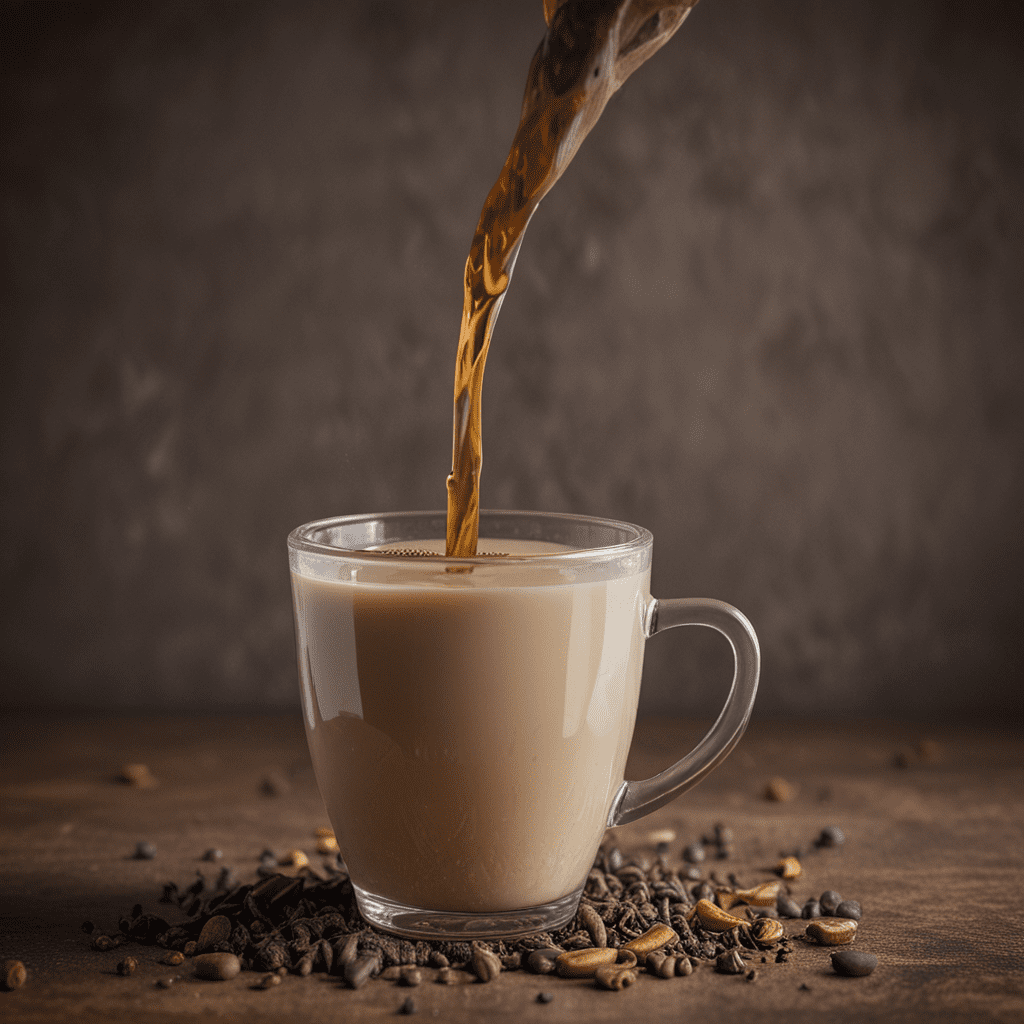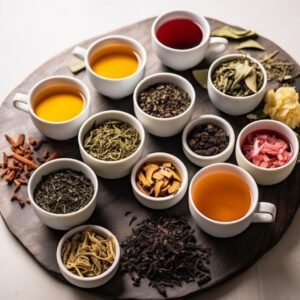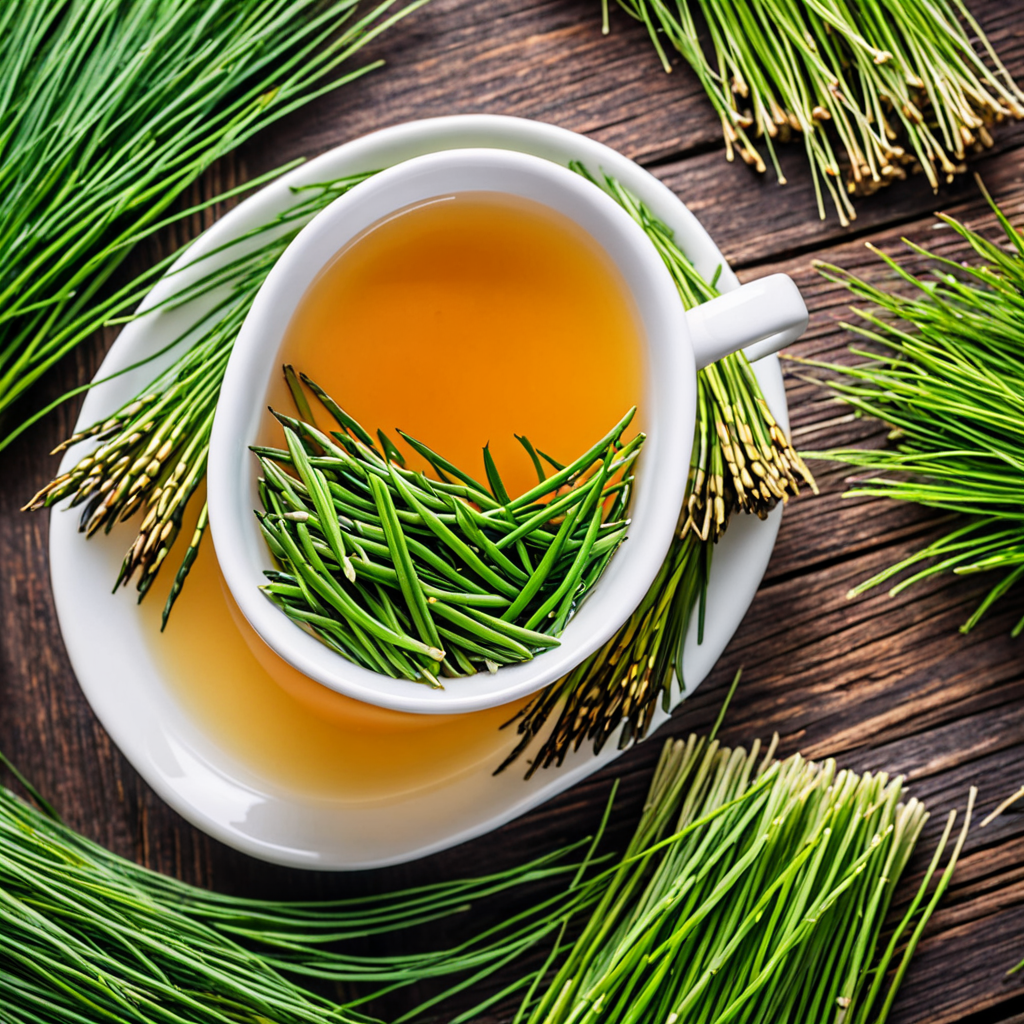1. The Origins and Evolution of Chai
Chai, a soul-stirring beverage hailing from the Indian subcontinent, has captivated palates for centuries. Its journey began in ancient Ayurvedic medicine, where its spices were believed to possess healing properties. Over time, chai evolved into a social and cultural cornerstone, steeped in the traditions of various regions. Today, chai transcends culinary boundaries, celebrated globally as a symbol of warmth, comfort, and rejuvenation.
2. Chai Spices: A Symphony of Flavors
The heart of chai lies in its captivating blend of aromatic spices. Typically, a chai masala includes cardamom, cinnamon, ginger, cloves, and black pepper. Cardamom, with its distinct floral notes, adds a touch of elegance, while cinnamon and ginger impart warmth and a hint of sweetness. Cloves provide a subtle hint of bitterness, and black pepper adds a peppery kick. This symphony of flavors creates a harmonious balance that awakens the senses and invigorates the spirit.
3. Selecting the Right Tea Leaves for Chai
The choice of tea leaves plays a pivotal role in shaping the character of chai. Black tea, with its robust body and rich flavor, is the traditional base for chai. Assam or Darjeeling black teas are popular choices, offering a malty and full-bodied experience. Alternatively, green tea or herbal teas can be used for a lighter and more refreshing variation. The selection of tea leaves ultimately depends on personal preferences and the desired intensity of the chai.
4. The Art of Steep Time and Temperature
Steeping chai is an art form that requires precision and patience. The ideal steeping time varies depending on the type of tea leaves used and the desired strength of the brew. Generally, black tea should be steeped for 3-5 minutes, while green tea or herbal teas may require shorter steeping times. The water temperature should be between 195-205 degrees Fahrenheit (90-96 degrees Celsius) to allow the flavors to fully extract without bitterness.
5. Adding Milk and Sweetener: A Matter of Taste
Traditionally, chai is prepared with milk or a milk substitute. Milk adds creaminess and richness to the brew, balancing the bold flavors of the spices. The amount of milk added is a matter of personal preference, ranging from a splash to a generous dollop. Sweetener, such as sugar or honey, can be added to taste, although many appreciate the natural sweetness of the spices.
6. Variations on the Chai Theme
The versatility of chai allows for countless variations, each offering a distinct flavor profile. Purists may prefer a traditional blend, while others enjoy experimenting with different spices. Some popular variations include adding star anise for a licorice-like note, nutmeg for a warm and nutty flavor, or saffron for a touch of luxury. Additionally, chai can be infused with fruits or flowers for a refreshing and vibrant twist.
7. Rituals and Traditions Surrounding Chai
Chai is more than just a beverage; it is deeply woven into the cultural fabric of many societies. In India, chai is often served as a welcoming gesture and is an integral part of social gatherings. The preparation and sharing of chai can be seen as a ritual, a way to connect with others and foster a sense of community. Chai is also associated with religious ceremonies and festivals, adding a spiritual dimension to its significance.
8. Chai Tea and Health Benefits
Beyond its sensory appeal, chai tea is believed to possess several health benefits. The spices used in chai are known for their antioxidant and anti-inflammatory properties. Ginger, for example, is known to aid digestion and reduce nausea, while cardamom is said to promote heart health. Additionally, black tea contains caffeine, which can provide a boost of energy and alertness. While more research is needed to fully understand the health benefits of chai, its potential to enhance well-being should not be overlooked.
9. Brewing Chai with Different Appliances
Whether you prefer a traditional or modern method, there are various ways to brew chai. The traditional method involves boiling the tea leaves and spices in a pot with milk and sweetener. Stovetop chai makers are also popular, offering convenience and precise temperature control. For a more modern approach, electric chai makers are available, allowing you to brew chai at the touch of a button. Regardless of the method chosen, the key to a perfect cup of chai lies in experimentation and finding what suits your taste preferences.
10. The Perfect Chai Experience: Tips and Tricks
To elevate your chai experience to perfection, consider the following tips:
- Use high-quality spices to ensure maximum flavor.
- Experiment with different ratios of spices to create your own signature blend.
- Allow the tea to steep for the recommended time to extract the full flavor.
- Use fresh milk or a quality milk substitute for optimal creaminess.
- Sweeten to taste, balancing the sweetness with the bold flavors of the spices.
- Enjoy chai hot or iced, depending on your preference.
FAQs:
Q: What is the traditional base for chai?
A: Black tea, typically Assam or Darjeeling black teas.
Q: What are some common spices used in chai?
A: Cardamom, cinnamon, ginger, cloves, and black pepper.
Q: Can chai be brewed without milk?
A: Yes, you can use water or a milk substitute.
Q: Is chai healthy?
A: Chai contains spices with potential health benefits, such as antioxidants and anti-inflammatory properties.
Q: What is the best way to brew chai?
A: Experiment with different methods to find what suits your taste preferences, from traditional pot brewing to using electric chai makers.


